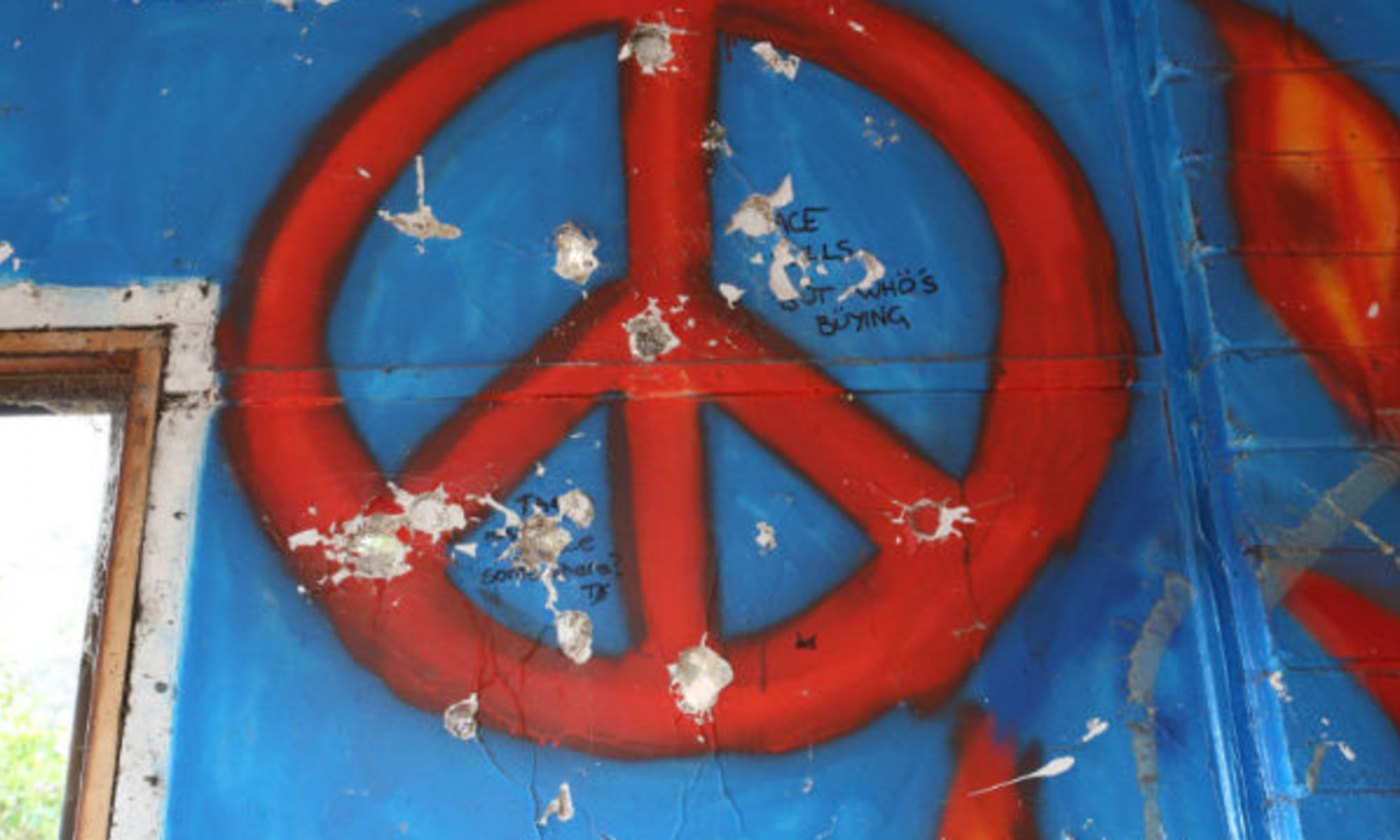On Thursday we were fortunate to learn about Peacebuilding and Conflict Sensitivity from Sarah Cechvala from CDA. Conflict Sensitivity was a complete new concept to me before that session. Although I still believe that the extra steps to reach peacebuilding is more needed than stopping at conflict sensitivity (CS), the process of CS really resonated with me. First step in this process is to understand the context, then there needs to be interaction between intervention and the local context, and the final step is to act upon understanding. While listening to Sarah talking through these steps, I had a moment of “Ah that’s exactly the steps I am following for my summer research project at my campus town related to peace and community building!”. At the beginning of this summer, I was very uncertain if the way I go about this project was efficient and effective or not. I didn’t have much background in peacebuilding theories or practices at all, apart from my experience with youth peacebuilding in South East Asia. So hearing that a professional organization like CDA uses this model of intervention really reassured me that I am on a right track.
The session that Sarah presented to us really makes me think about how all this relates to what I have been doing and what I want to do in the future. To me it seems like, a core part of conflict sensitivity is connecting people and information about a place of (potential) conflict. Knowing this, I was thinking that maybe I don’t need to be the one working on the ground to build peace, but I can research the context, connect people together so they can work on their own interventions and then they – themselves assess the situations and make changes. By doing this, I could help more projects through out my lifetime because if I work on the ground, each case would take forever. Maybe this would be the way that I can leverage my strengths in connecting people to build peace.
At the same time however, I know that I like to interact with each person on the ground and take actions myself. So where should I go from here?
Some of us reflected after the session that working from a distance and not directly engaging with the locals like what CDA does (through another organization) – doesn’t really give us the true knowledge of what the situation is and how the people in the conflict are. I agree with that. I think that both working with the local directly or non-directly have their own strengths and weaknesses. Working non-directly can help us understand different context and draw a pattern to advise ground workers. However, that also leaves out the details of each unique case.
I am very intrigued by the work that CDA does and would love to learn more about it. I think that their work has a great potential to help build peace in different places in the world. However, being a person from Cambodia who has seen that there have been too many different NGOs and other organizations there working on the same cause, makes me skeptical of any third party involvement in actually creating good. It has been difficult for me to judge different approaches of peacebuilding as well because most of what I have learned is through a very western and single point of view. A view that is most documented and being taught around the world, but not necessarily a view that is very diverse.


